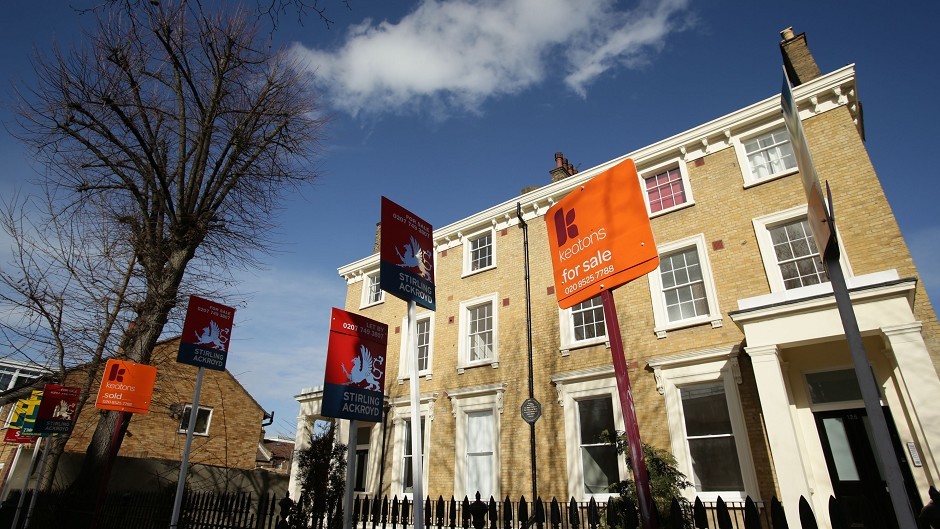Scottish House prices rose £4,300 in June as sales of million-pound properties increased after a slump following the introduction of a new tax, a report has found.
The average house price in Scotland was £169,227 in June, up 2.6% on the previous month and 1.2% on the previous year, according to the Your Move/Acadata house price index.
The increase was driven by a revival in million-pound home sales, which dropped following the introduction of the new land and buildings transaction tax (LBTT) in April.
While 88 such properties were sold in March as high-end buyers rushed to complete expensive purchases under the old stamp-duty rates, none were sold in April.
However, six properties worth £1 million or more were sold in June, halfway towards last year’s average of 12 a month.
Christine Campbell, Your Move managing director in Scotland, said that the Scottish housing market has been “buffeted around by the changing tide of taxation” but is “now back in smoother waters”.
She said: “After a thundering wave of million-pound property sales in March, high-end purchases were beached when the land and buildings transaction tax (LBTT) first came into force and drained the activity from the top of the market momentarily. But million-pound sales are starting to make a comeback.
“On average in 2014, there were twelve £1 million-plus properties sold in Scotland during a month and we recorded six such sales in June 2015, so we’re halfway there.
“As high-value sales return to normal levels, this will be reflected in more buoyant house prices.
“We’ve already seen this start to happen and on the mainland the biggest monthly rises were recorded by the two most expensive local authorities across Scotland – with properties in East Renfrewshire and East Dunbartonshire experiencing price jumps of 26% and 21% respectively in June.”
The area with the largest fall in average prices in June was Inverclyde, down 18%, while the second largest fall in monthly prices took place in West Dunbartonshire, where overall prices fell by 12%.
The number of transactions in June rose, with 9,265 recorded by the Registers of Scotland, up 25% on the previous month and 5% higher than the previous year. It also marked the most activity since July 2014.
John Tindale, senior housing analyst for Acadata, said: “Traditionally, the number of sales in June increases by 9% from the levels recorded in May, so the 25% increase recorded this year is significantly higher than our seasonal analysis would predict.
“However, sales in May this year were below the seasonal norm, so it would appear that the market has been playing catch-up following the general election in May, which possibly introduced uncertainties for potential buyers and hence resulted in lower sales that month.”
